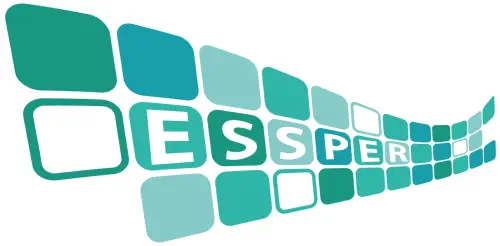Associazione ESSPER
periodici italiani di economia, scienze sociali e storia
periodici italiani di economia, scienze sociali e storia

Autori: Dente, Bruno, Busetti, Simone
Titolo: La vigilanza collaborativa a EXPO Milano 2015, ovvero i vantaggi della complicazione
Periodico: Rivista italiana di politiche pubbliche
Anno: 2017 - Fascicolo: 1 - Pagina iniziale: 19 - Pagina finale: 48
The article attempts to explain how it is possible that the introduction of «collaborative surveillance» (a compulsory form of ex-ante control) by the national anticorruption authority increased the efficiency of the procurement process and sped-up the implementation of EXPO Milano 2015. In order to do so it employs the theory of causal mechanisms, identifying the combined effect of «attribution of threat, repeated interaction» and «certification» as the main reasons for its success. The conclusion attempts to generalize the findings by identifying the conditions under which it is possible to replicate the experience with the same success.
SICI: 1722-1137(2017)1<19:LVCAEM>2.0.ZU;2-V
Testo completo: https://www.rivisteweb.it/download/article/10.1483/86178
Testo completo alternativo: https://www.rivisteweb.it/doi/10.1483/86178
Esportazione dati in Refworks (solo per utenti abilitati)
Record salvabile in Zotero
Biblioteche ACNP che possiedono il periodico
